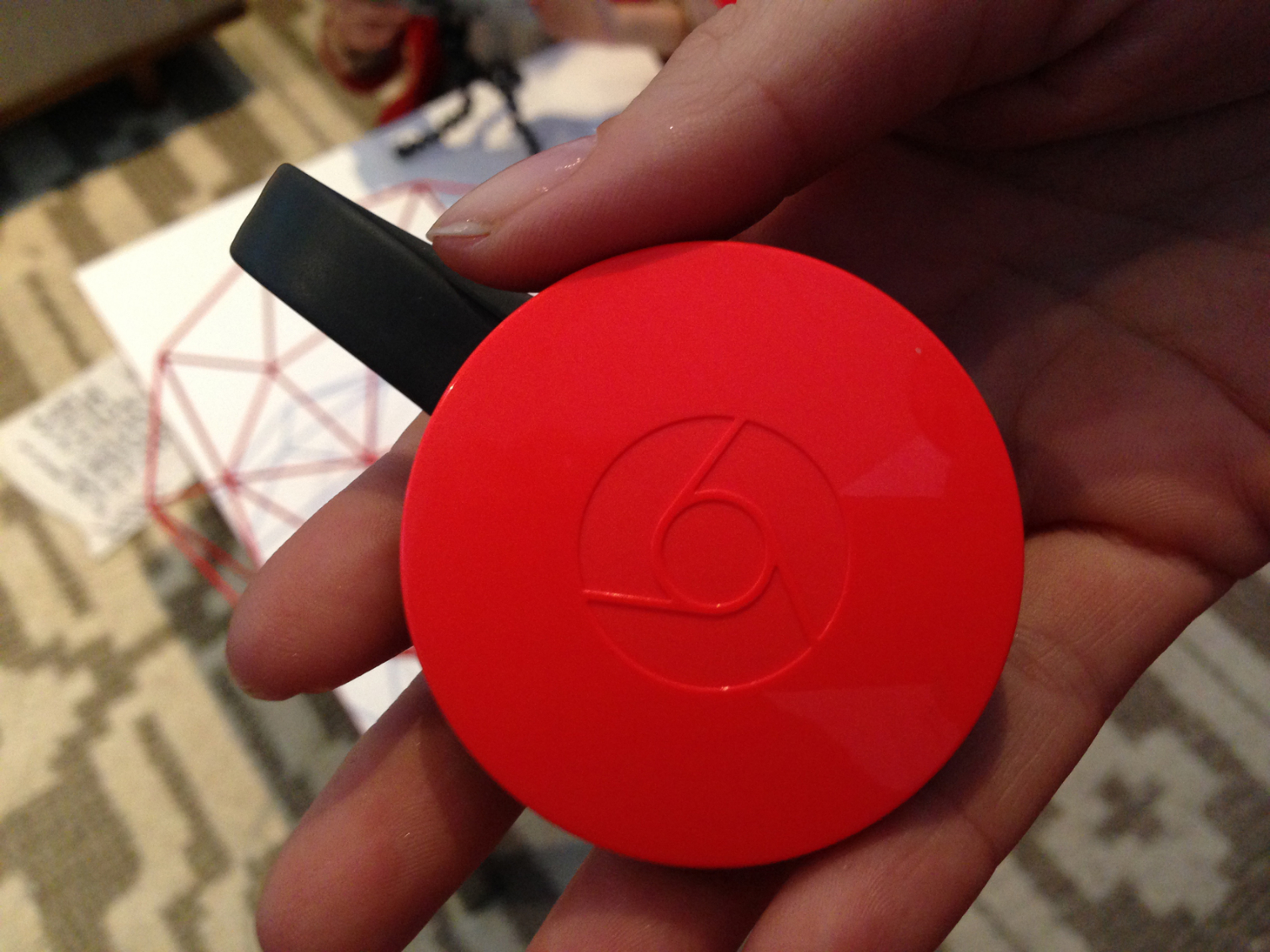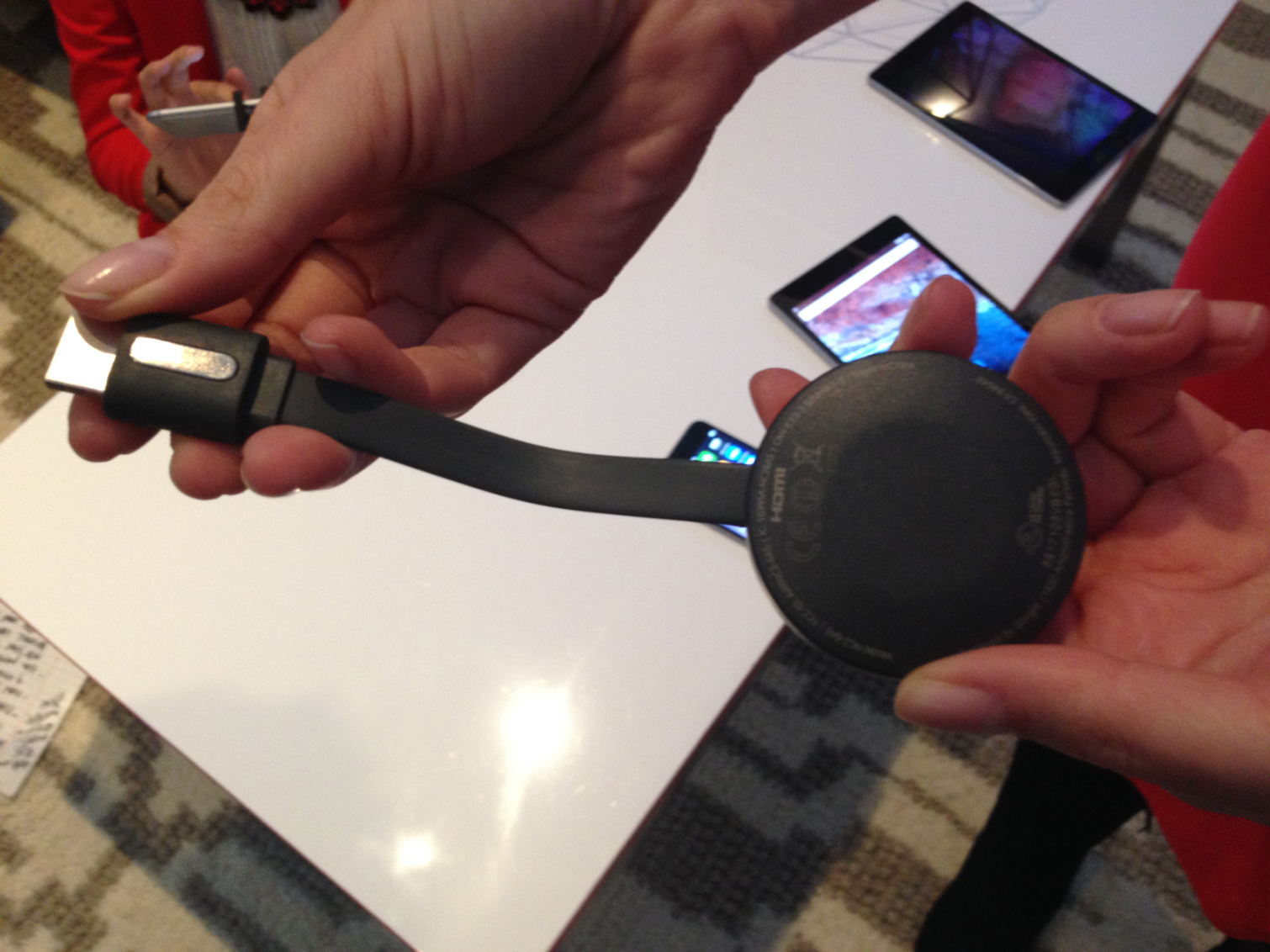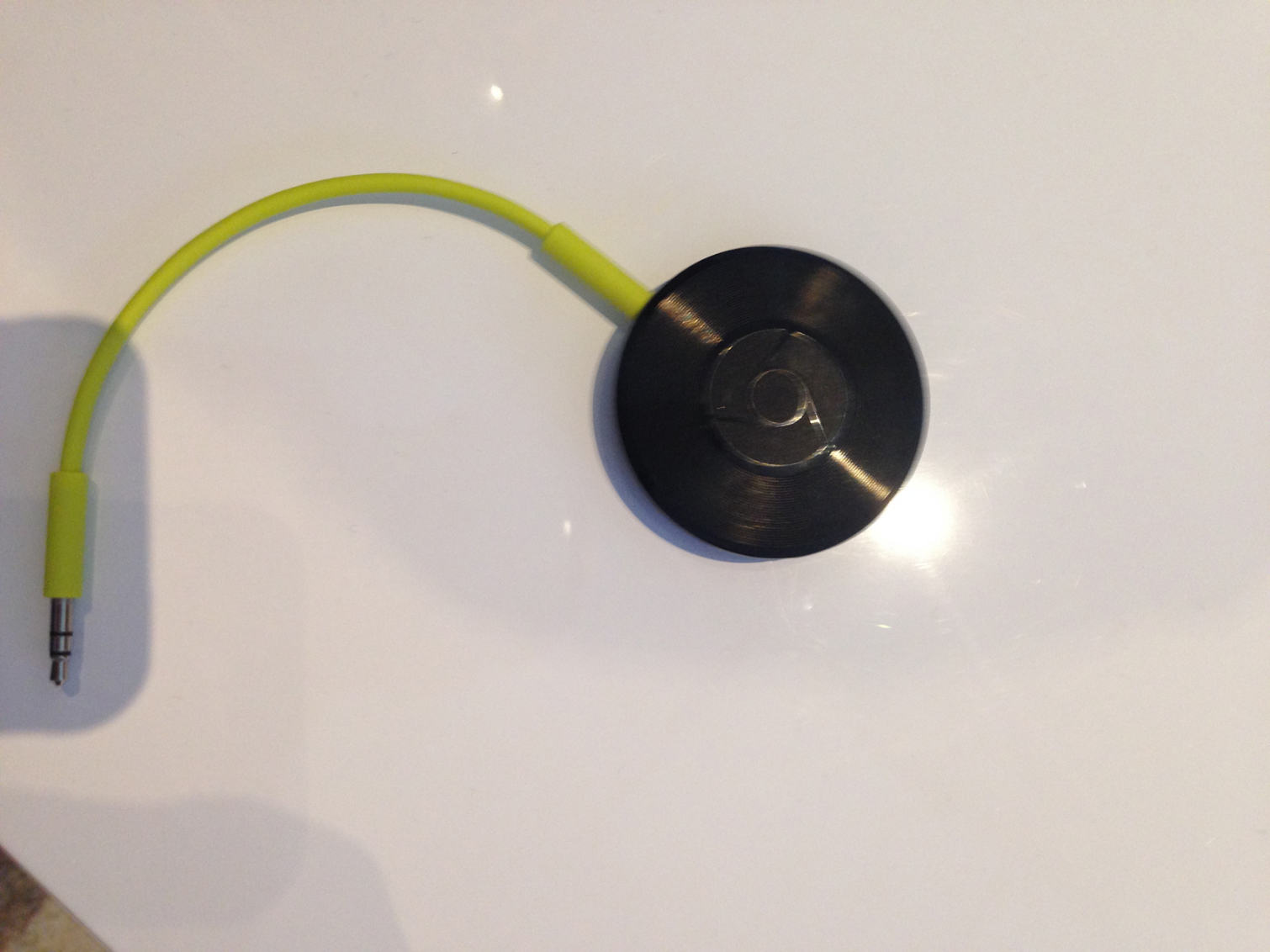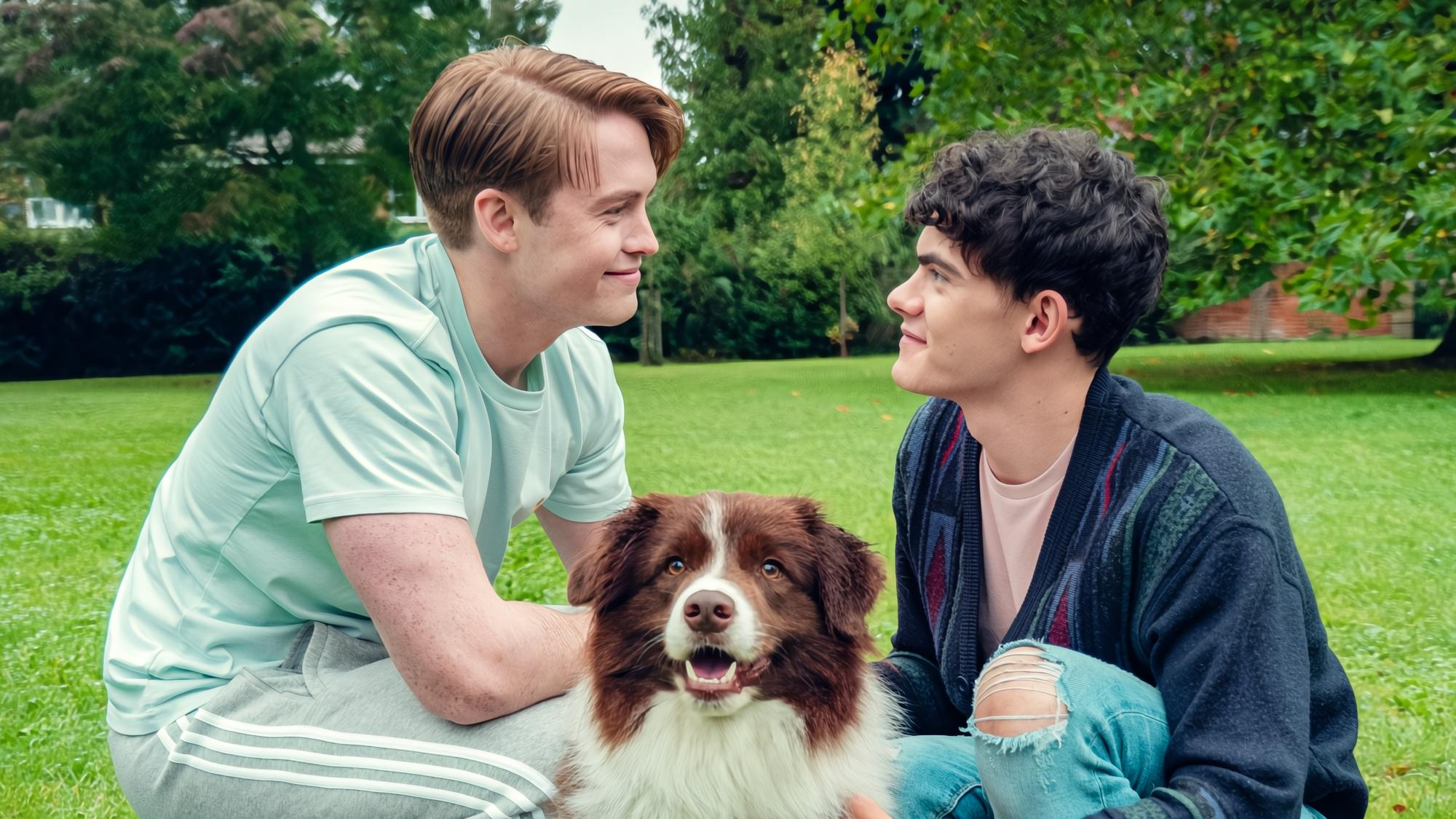New Chromecast Hands-on: Better Design, Finds Shows Faster
The new Chromecast's overhauled app makes it easier to find content to stream from your phone to your TV.
Chromecast has proven to be one of Google's most popular products — the tech giant says it's sold 20 million of the streaming sticks since the $35 Chromecast debuted a little more than two years ago. And while 20 million Chromecast owners can't be wrong, they can be a little hard-pressed to find all the things that they can stream from their mobile devices to their TVs.
That figures to change now that Google is revamping the Chromecast app, turning it from a mere utility for setting up the Chromecast into a full-featured programming guide. Chromecast is getting a hardware overhaul to match — the stick-shaped original that plugged into your TV's HDMI port is being replaced by a circular version with a more flexible HDMI cord.
After getting some hands-on time with the new Chromecast, the new design is easily the most eye-catching change to Google's home streaming offering, especially since lemonade and coral have joined basic black as optional colors for the Chromecast. Why Google would add a splash of color to a device that usually tucks discreetly behind a TV set is subject to debate, but Google's color choices are pretty.

Google says it had good reason to change the design of the Chromecast, even as the price remains $35. The rounded design and flexible cable should make it easier to plug the Chromecast into a TV set, particularly if there are other cords and cables competing for space. The new Chromecast is a little bit larger than a silver dollar and, in a neat little design trick, the HDMI cable attaches to the back of the device via magnets when it's not in use to make for easier transport.
Meet the Chromecast App
The updated Chromecast app is the star of the show, thanks to its newfound ability to point you toward Cast-able content. Open the app, and you'll see all the potential videos you can send from your mobile device to your television set, from YouTube videos to shows on Hulu to live sports from ESPN's app. With thousands of apps supporting Chromecast by Google's count, putting available streaming content front and center is a greater way to remove one of the barriers keeping those videos off your TV set.
MORE: How Chromecast Works
Even better, the Chromecast app is smart enough to only feature content from apps you've installed. If you don't happen to have Hulu on your smartphone, the app won't alert you to any Hulu-based content you might want to cast. That's another time-saver that makes the Chromecast app decidedly easier to navigate.
Say you find a program you want to watch. Tapping the title brings up an information page, along with a Watch button. Tap Watch once and the content starts playing on your mobile device; you can then tap the Cast icon to stream it to your TV. If you do, you're free to keep using your phone to either search for other Cast-able content or perform other tasks. In other words, Chromecast doesn't tie up your phone.

In a demo room set up by Google, I used the new Chromecast app to send a TV show from a phone to a nearby TV set where it started playing fairly quickly That's part of the Chromecast redesign, too. Chromecast now offers a feature called Fast Play, which caches content as you browse to minimize the lag between when you start casting a show and when it appears on your TV. The feature will require app makers to add support, but if they do, it figures to save you some extra seconds when streaming content.
Another Chromecast app feature I liked involved searching for specific content using the search bar at the top of the screen (or using Google Voice, if you prefer). A search for the new TV show Minority Report showed exactly which apps offer that particular program. Apps already installed on your phone appear at the top of the list with a Watch icon. You'll also see options for buying episodes off Google Play or Amazon or downloading apps you don't already have that also features what you're looking for.
Chromecast Adds Audio

There's more to Chromecast than just video now. Google also introduced Chromecast Audio, which looks to do the same thing for speakers that its sibling did for TV sets. Instead of an HDMI cable, the circular Chromecast Audio comes with a cable that plugs into 3.5mm/AUX, RCA and Optical inputs on speakers and audio receivers. That allows you to stream music from your mobile phone to a nearby speaker with a Chromecast plugged in. In its demo area, Google showed off streaming featuring Spotify, but the company also says Pandora, Google Play Music, NPR One and other apps should work with Chromecast Audio.
Google has built in a lot of handy features that should appeal to audiophiles, like the ability to switch which speaker in your home can stream audio as you move from room to room. A more impressive feature will come later this year when Chromecast Audio adds support for multi-room syncing to allow you to listen to the same song throughout the house without having to switch speakers.
Of course, that will require multiple Chromecast Audio devices and, even though it shares the regular Chromecast's $35 price tag, that can add up if you've got a lot of speakers you want connected.
Sign up to get the BEST of Tom's Guide direct to your inbox.
Get instant access to breaking news, the hottest reviews, great deals and helpful tips.
Philip Michaels is a Managing Editor at Tom's Guide. He's been covering personal technology since 1999 and was in the building when Steve Jobs showed off the iPhone for the first time. He's been evaluating smartphones since that first iPhone debuted in 2007, and he's been following phone carriers and smartphone plans since 2015. He has strong opinions about Apple, the Oakland Athletics, old movies and proper butchery techniques. Follow him at @PhilipMichaels.

